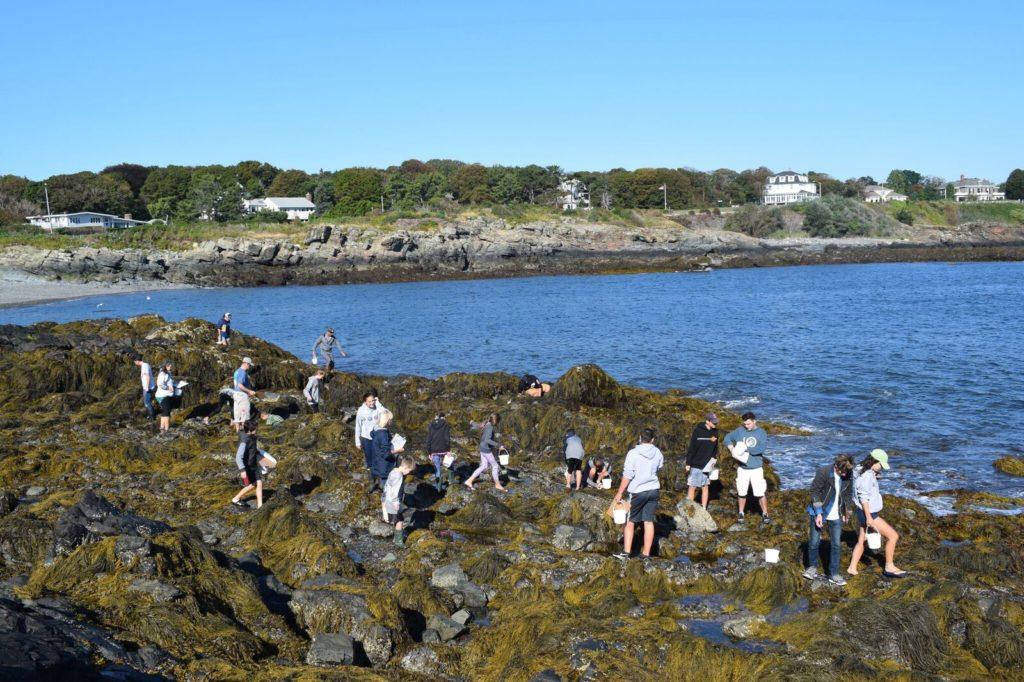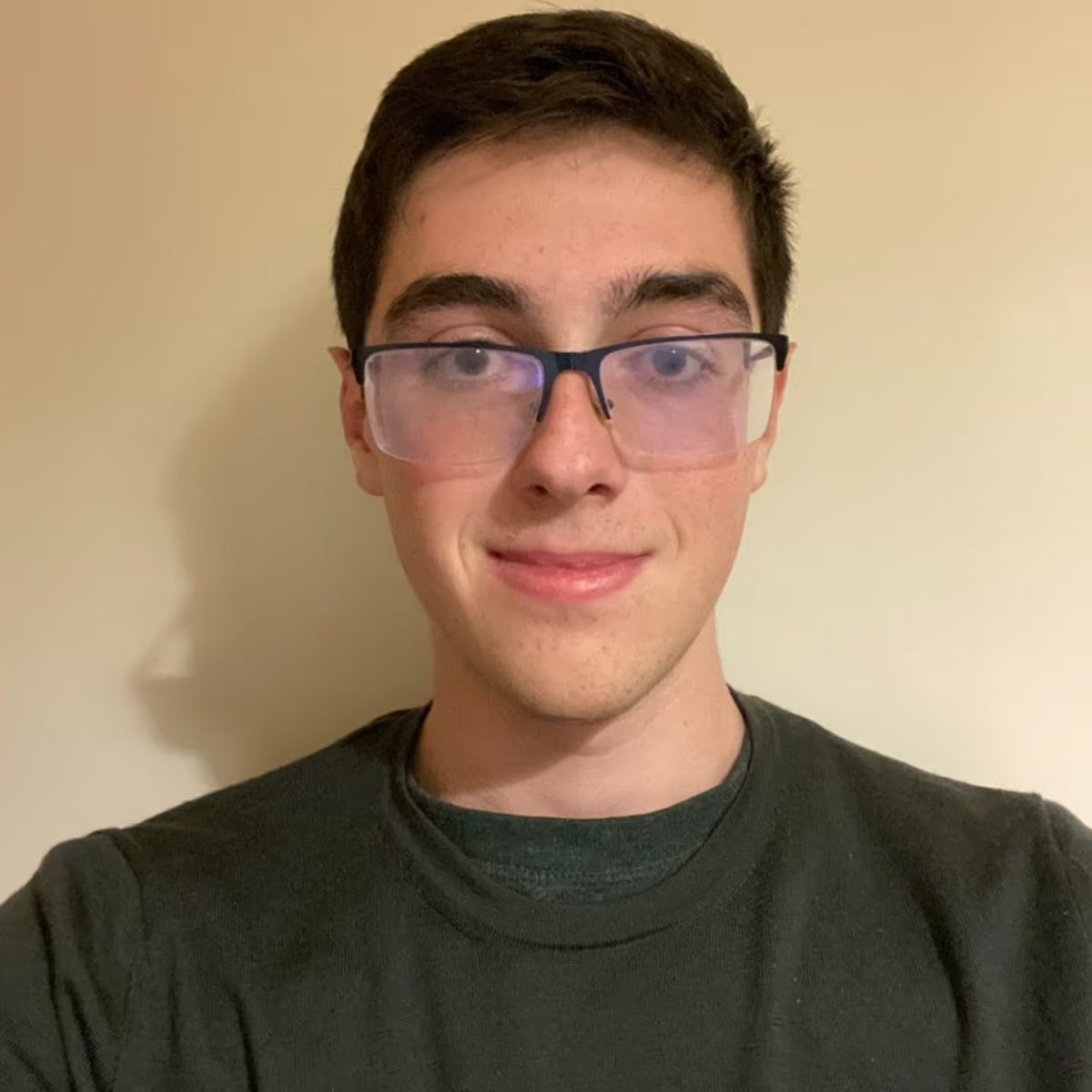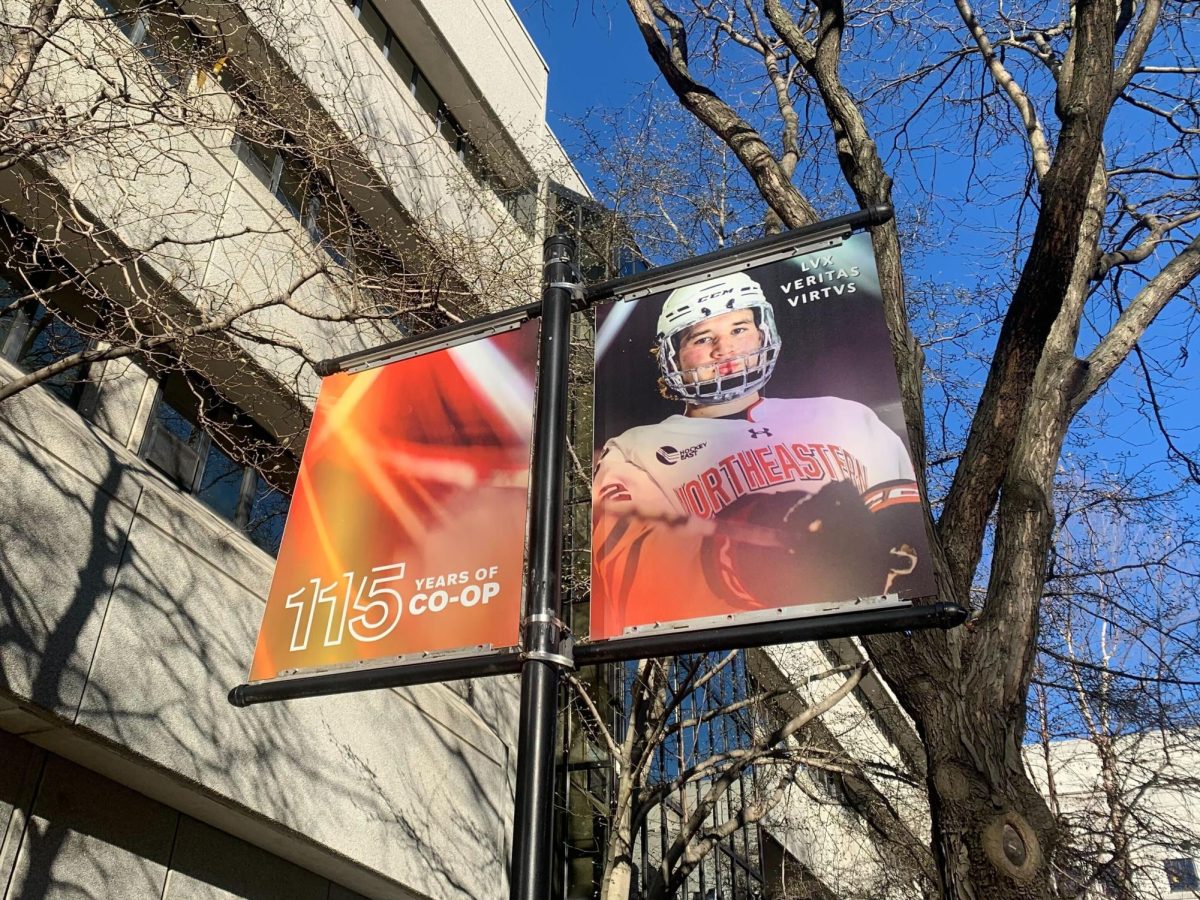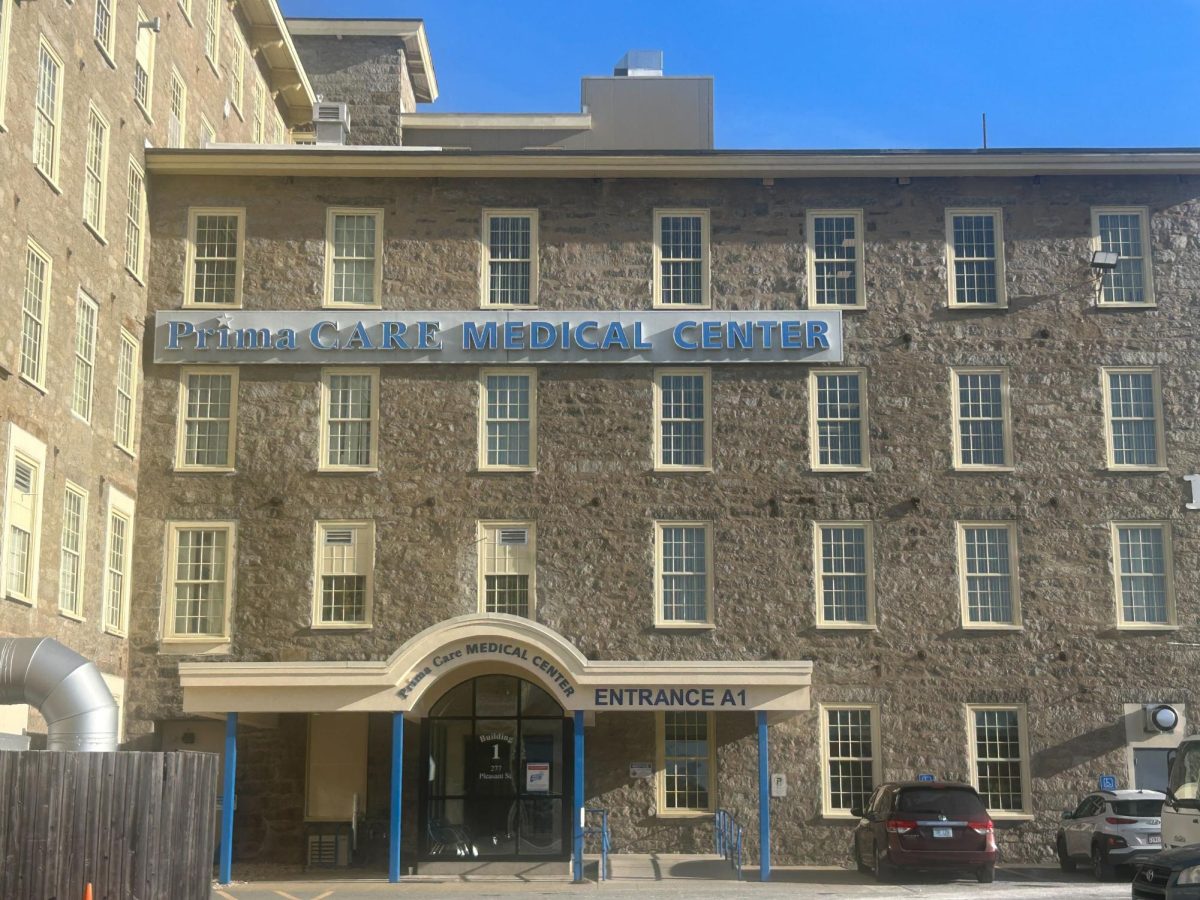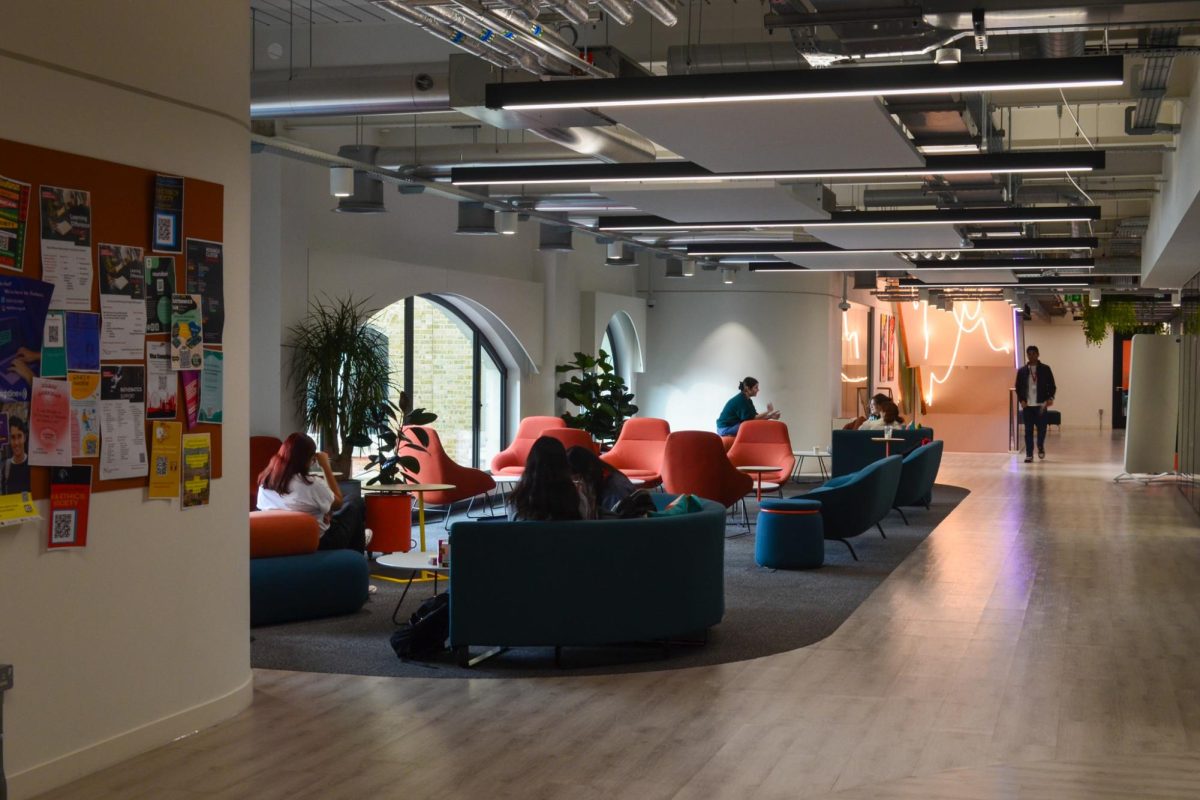By Max Schochet, news correspondent
It was a day of discovery as citizen scientists and Northeastern students joined together in the third annual Nahant Bioblitz. The event, which happened Sept. 10, is part of a public engagement initiative by the Northeastern University Ocean Genome Legacy Center (OGL).
Participants combed the beaches of Nahant, finding and identifying animals, insects, algae and other organisms that inhabit the area. They recorded their findings on a data sheet that listed the most common species in the intertidal zone, or the area between high tide and low tide.
“This Bioblitz is a way to raise awareness in Nahant, the coastal beach town,” said Lauren Puishys, a master’s degree candidate at Northeastern studying marine biology. “We wanted to engage the public, get to know what we do here.”
More than 150 people, including marine experts and participants from 18 cities in the surrounding Boston area, turned out for the event. Also present were a number of Northeastern students, Northeastern’s Dean of the College of Science, Kenneth Henderson, a Girl Scout troop and a professor with her students from Brandeis University.
Participants observed 57 species during the Bioblitz. Some of the aquatic species documented were sea potatoes, spider crabs and jellyfish.
“We found jellyfish this year, which is kind of cool,” Puishys said. “You don’t find many jellyfish in tide pools.”
Invasive crab and algae species were also spotted, such as the European green crab, Asian shore crab, Codium and red filamentous algae. All findings were uploaded to iNaturalist, an online social network and mobile app where users share and record their observations of biodiversity.
“Our mission is to collect but also protect marine biodiversity,” said Annie Evankow, a collection assistant at the OGL, a marine-based biorepository. “One way that we do that is through these public engagement events — Bioblitzes — where we invite the public but also students at Northeastern University to come and help document the biodiversity that exists around the Northeastern Marine Science Center.”
The event served as a rare opportunity for many who may have no marine biology background to get up close with oceanic life.
“[The Bioblitz] is a way for locals to come in and talk to experts about the things they find and learn new facts about them,” said Puishys, who was in Nahant for the Three Seas program, where marine biology majors conduct field and laboratory research in different coastal regions.
The data gathered by Bioblitzes can help quantify the changes of biodiversity over time, such as if a species is disappearing from an area.
“For example, sea urchins used to be very common in the area, but now they are very difficult to find. We only found a piece of one during the event,” Evankow said.
The Bioblitz also provided an opportunity to spread awareness about beach pollution, which has an impact on marine life and ecosystems. Marine life can become tangled in debris and even consume it.
“We saw a lot of trash that was incorporated into the beach,” said Isabel Gutowski, a fourth year marine biology major. “A lot of those different plastics can get eaten and stuck in different animals.”
On a local and global scale, a decrease in biodiversity — the variety of life in a habitat or ecosystem — is seen by marine scientists as a pressing and growing issue.
“Biodiversity right now is one the largest concerns,” Puishys said.
“We really want to make sure we are keeping our oceans and our ecosystems healthy,” Gutowski said. “And keeping a record of it shows us different trends. “How different human impacts affect different ecosystems. It’s an important record of data.”
Bioblitzes occur across the country, from expansive national parks and sandy beaches to suburban, urban and rural areas. In 2016, over 250 Bioblitz events occurred around the country to commemorate the National Park Service centennial, according to National Geographic.
Puishys said Bioblitzes are a great way to take a snapshot of an area’s biodiversity and educate and engage the public, especially younger generations.
“I think that teaching kids the interesting parts of the ocean is how we’re going to get future marine biologists,” Puishys said.
Evankow said she thought the day was successful in getting people engaged with science.
“My personal goal was to get people excited about marine science and especially marine biodiversity,” she said. “And I think we definitely accomplished that.”


